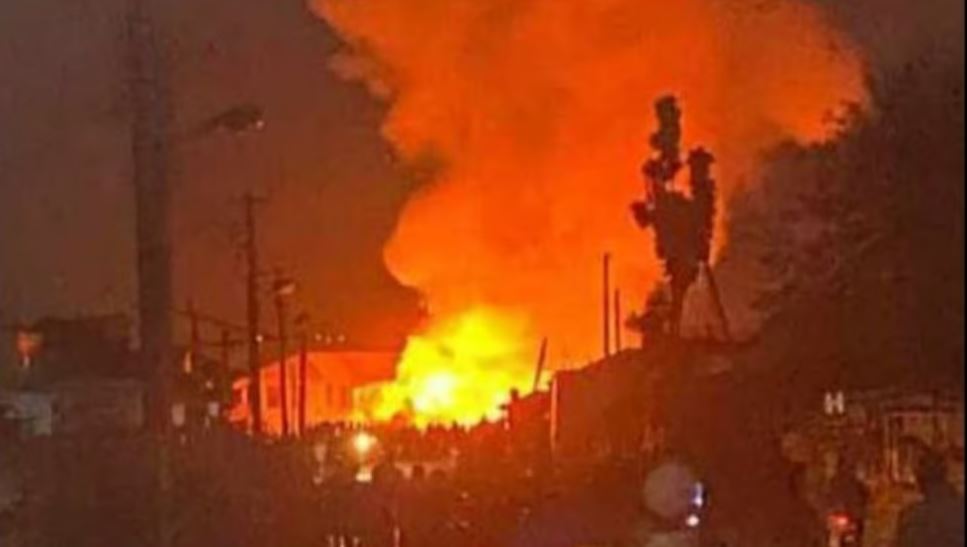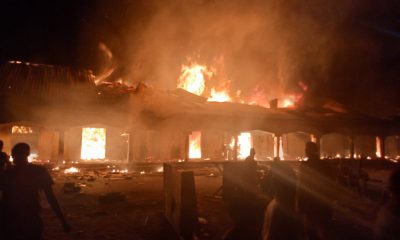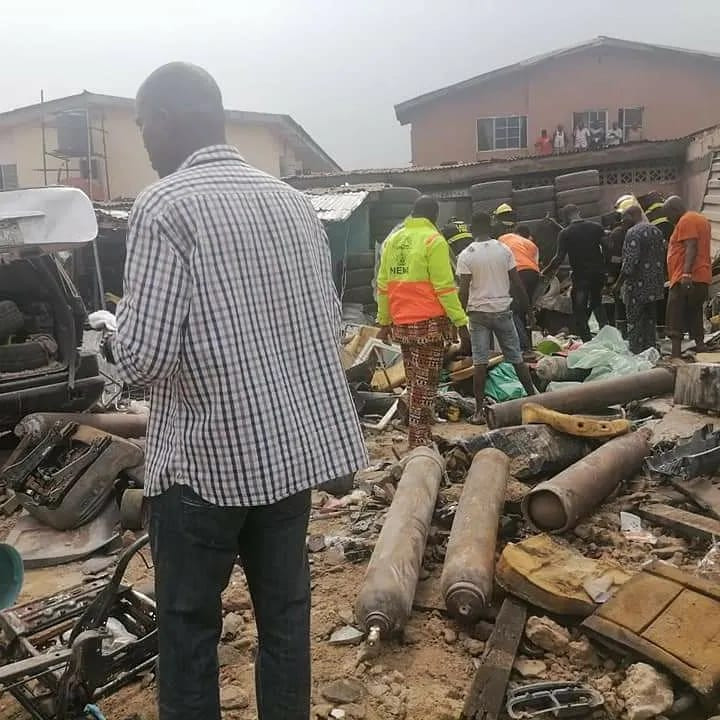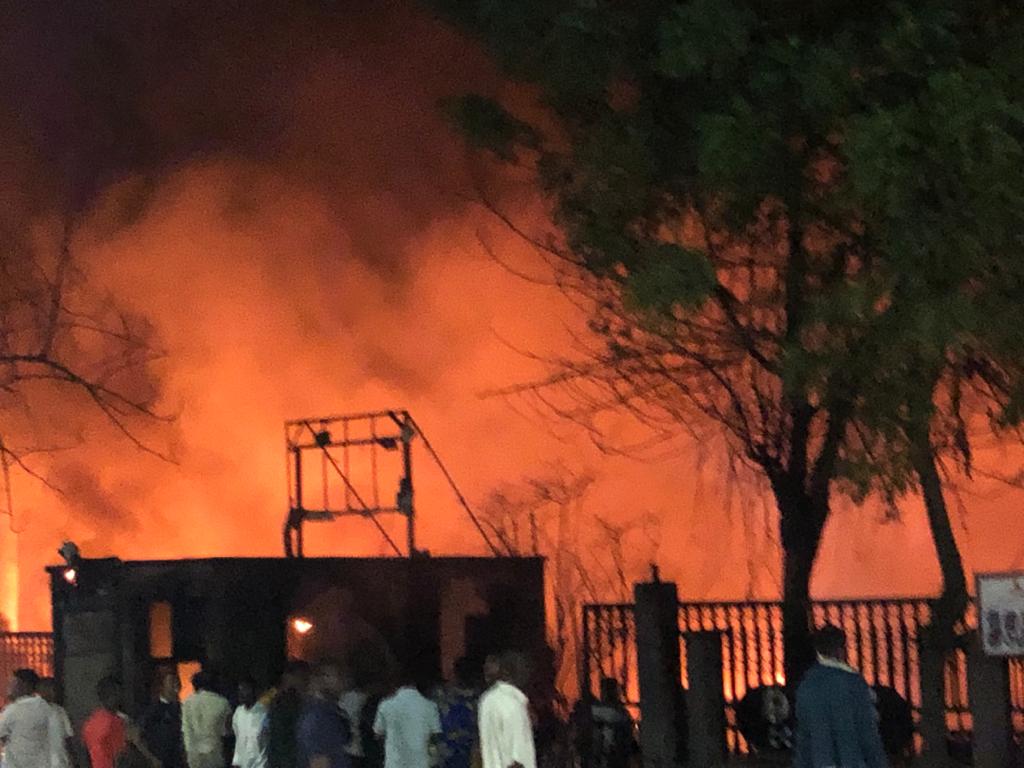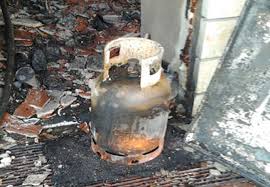
 Health & Fitness3 days ago
Health & Fitness3 days agoMalaria Vaccines in Africa: Pastor Chris Oyakhilome and the BBC Attack

 Featured1 week ago
Featured1 week agoPolice reportedly detain Yahaya Bello’s ADC, other security details

 Aviation5 days ago
Aviation5 days agoWhy some airlines are avoiding Nigeria’s airspace–NAMA

 Business1 week ago
Business1 week agoDebt servicing gulps 56% of Nigeria’s tax revenue, says IMF

 Aviation4 days ago
Aviation4 days agoJust in: Dana airline crash lands in Lagos

 Aviation4 days ago
Aviation4 days agoNSIB begins investigation into Dana Air after crash-landing incident

 News7 days ago
News7 days agoOndo APC guber hopefuls reject primary poll

 Business1 week ago
Business1 week agoAdesola Adeduntan steps down as FirstBank CEO

